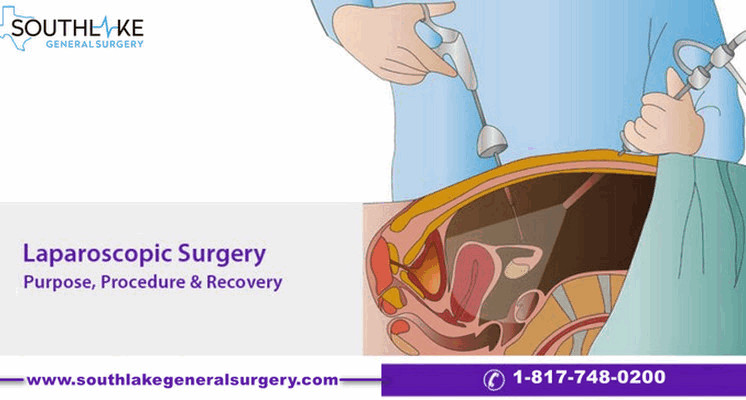Laparoscopy, also called diagnostic laparoscopy, is a surgical diagnostic procedure used to analyze the organs inside the abdomen. It’s a generally safe, minimally invasive procedure that requires few small incisions. Laparoscopy helps doctor to see inside body progressively, without open surgery.
Laparoscopy has an equipment called a laparoscope to view at the abdominal organs. A laparoscope is a long, thin tube with a high-intensity light and a high-resolution mini camera at the front. The equipment is embedded through an incision in the stomach wall. As it moves along, the camera sends pictures to a video screen.
Why is laparoscopy performed?
Laparoscopy procedure is often used to recognize and diagnose the source of pelvic or stomach pain. It’s mainly performed when noninvasive methods can’t help with diagnose.
In many cases, abdominal problems can likewise be diagnosed with imaging procedures, for example:
- ultrasound, which uses high-frequency sound waves to make pictures of the body
- CT scan, is a series of special X-rays that take cross-sectional pictures of the body
- MRI scan, uses magnets and radio waves to deliver pictures of the body
Laparoscopy is performed when these tests don’t give enough information or understanding to a diagnosis. The procedure may likewise be used to take a biopsy, or test of tissue, from a specific organ in the abdomen.
Doctor may prescribe laparoscopy to examine the accompanying organs:
- appendix
- gallbladder
- liver
- pancreas
- small intestine and large intestine (colon)
- spleen
- stomach
- pelvic or conceptive organs
By observing these areas with a laparoscope, doctor can identify:
- an abdominal mass or tumor
- fluid in the abdominal cavity
- liver disease
- the viability of certain treatments
- the degree to which a particular cancer has advanced
Also, your doctor might have the option to perform a mediation to treat your condition immediately after diagnosis.
Laparoscopy surgery and complications
The most widely recognized risk related with laparoscopy are bleeding, infection, and harm to organs in your abdomen. However, these are very rare events.
After procedure, it’s important to look for any indications of infection. Contact your surgeon if you experience:
- fevers or chills
- abdominal pain that turns out to be more intense after some time
- redness, swelling, bleeding, or drainage at the incision areas
- continuous nausea or spewing
- persistent cough
- shortness of breath
- inability to urinate
- tipsiness
There is a little risk of damage to the organs being analyzed during laparoscopy. Blood and different fluids may spill out into body if an organ is punctured. For this situation, you’ll need other surgery to fix the damage.
Less common risks include:
- complexities from general anesthesia
- irritation of the abdominal wall
- a blood coagulation, which could head out to your pelvis, legs, or lungs
In few conditions, surgeon may accept the risk of diagnostic laparoscopy is too high to even consider warranting the advantages of using an insignificantly obtrusive method. This circumstance frequently happens for those who’ve had earlier abdominal surgeries, which builds the risk of framing adhesions between structures in the abdomen. Performing laparoscopy within the sight of adhesions will take any longer and expands the risk of injuring organs.
For more information on Diagnostic Laparoscopy. Please contact our healthcare expert today and book an appointment at: https://www.southlakegeneralsurgery.com/make-an-appointment/

